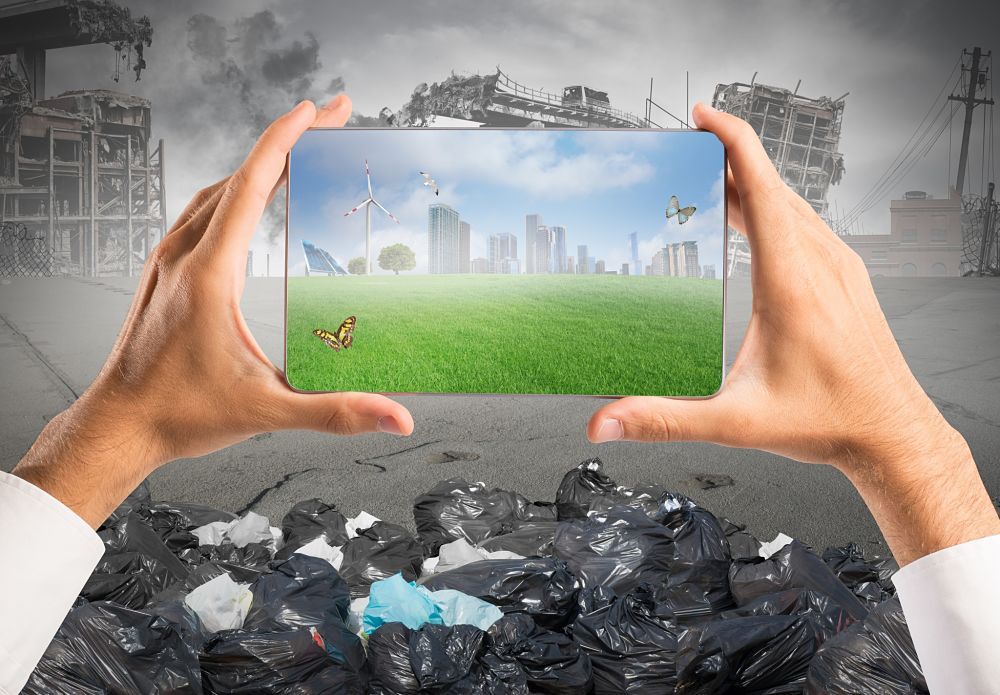Sustainability refers to practices and concepts that support the environment, health, and the economy. For accredited investors, this means improved property values, tenant demand, lower expenses, and improved tenant satisfaction. This is a popular topic with the growing awareness and demand for green building products and technologies. To help answer your questions and give you a little more insight on green building practices, we isolated 7 questions that are commonly posed regarding sustainability and investments in real estate.
How do sustainable practices reduce operational expenses?
A primary way that sustainable design practices reduce expenses is by minimizing energy consumption. They also diminish water usage by employing native vegetation, low-flow fixtures, and water reuse technologies. When applied to the operations of your business, it can help eliminate paper waste, excess energy use, and fuel consumption. Over the course of weeks, months, and years, the cost savings from efficient materials and equipment can be substantial.
Does it cost more to go green?
No, it does not cost more to go green. This is especially true when green design is implemented early in the integrative design process. Integrative design encourages collaboration and incorporates sustainable design as an early strategic consideration. Fortunately, most materials on the market are already green due to regional and local building codes and laws. Compared to a decade ago, green materials are a much lower cost with much greater variety and availability. Whenever there is an additional cost for more efficient and sustainable items, the initial cost is offset by long-term savings in energy use and durability of materials.
Why is durability important and how does it affect maintenance expenses?
Durability is important because it determines how much wear and tear a material can withstand. Durability has a direct impact on the amount and frequency of maintenance expenses. Durable products also tend to be higher quality and more appealing, a particularly important consideration in light of the damage that tenants can cause to flooring, walls, counters, and nearly everything else. When it comes time to resell the property or prepare for new tenants, renovation costs will be significantly lower.
Where is the best place to build, new or existing developments?
The best places to build are existing developments in active urban communities. Existing developments eliminate the need to build new infrastructure and utilize raw materials. This reduces the carbon footprint by limiting unnecessary production and waste, as well as the cost, pollution, waste, and environmental impact created by constructing in undeveloped areas. Building new water, energy, and communications infrastructure are risky, expensive, and has the potential to negatively affect native species and hydrological features. Infill developments are another sustainable option. These are lots located within urban boundaries that are undeveloped or have been developed in the past but are currently vacant or underutilized.
How does sustainability support human health?
Sustainability supports human health by considering the physiological and psychological needs of building occupants and transitive users. Considerations include indoor air quality (IAQ), indoor environment quality (IEQ), walkability, and access to public transportation. IAQ is affected by the presence of obsolete toxic building materials, HVAC ventilation and filtration equipment, and byproducts of the construction process. IEQ is supported by designing for ergonomics, implementing zoned temperature controls, proper workspace lighting, and providing natural views. These measures increase tenant appeal, satisfaction, and contribute to user health. Walkability and transportation offer exercise opportunities and reduce the carbon footprint and air pollution within the community.
How important is Green Certification?
Green certification serves as marketable proof that a property is sustainable in terms of energy usage, water consumption, and human and environmental impacts. According to the National Association of Realtors, properties with these certifications have been proven to sell for more 5-9% more than conventional properties. The competitive environment in the real estate market and the demand for green properties are making green certifications such as LEED and Energy Star more feasible and relevant.
What is Greenwashing?
Greenwashing is a common strategy used by marketers to make products appear to be more sustainable than they actually are. This is typically achieved by emphasizing features that may legitimately be green while ignoring the larger picture behind the production and distribution of the product. Brokers and building owners are sometimes guilty of this as well. This is part of the value in obtaining green certifications for your projects or asking about them when ‘green’ claims are made in connection with a building you’re considering for acquisition.
More to Green
Sustainability is a deep topic with many facets that can take broad reading and study to unravel. Going green will reduce your operations and maintenance costs, contributing to greater positive cash flow and long-term portfolio growth. If you have more questions or need help evaluating a potential acquisition, reach out to us and we’ll work with you to move your investing goals further.


